Varnish is a hard, transparent, protective film or finish that is used mainly in wood finishing. It can also be used on other types of materials aside from wood. Varnish, in general, is usually a combination of resin, drying oil, and thinner solvent. Even though varnish is used in several applications such as aesthetics and paint protection, a varnish that penetrates the wood also forms a protective film on the surface. As such, it improves the wood grain, making it resistant to heat, impact, water, erosion, and alcohol.
In this article, we will consider the different types of varnish for wood. This information is particularly helpful if you need to decide on which specific type you need to use on your next woodworking project.
1. Acrylic Varnish
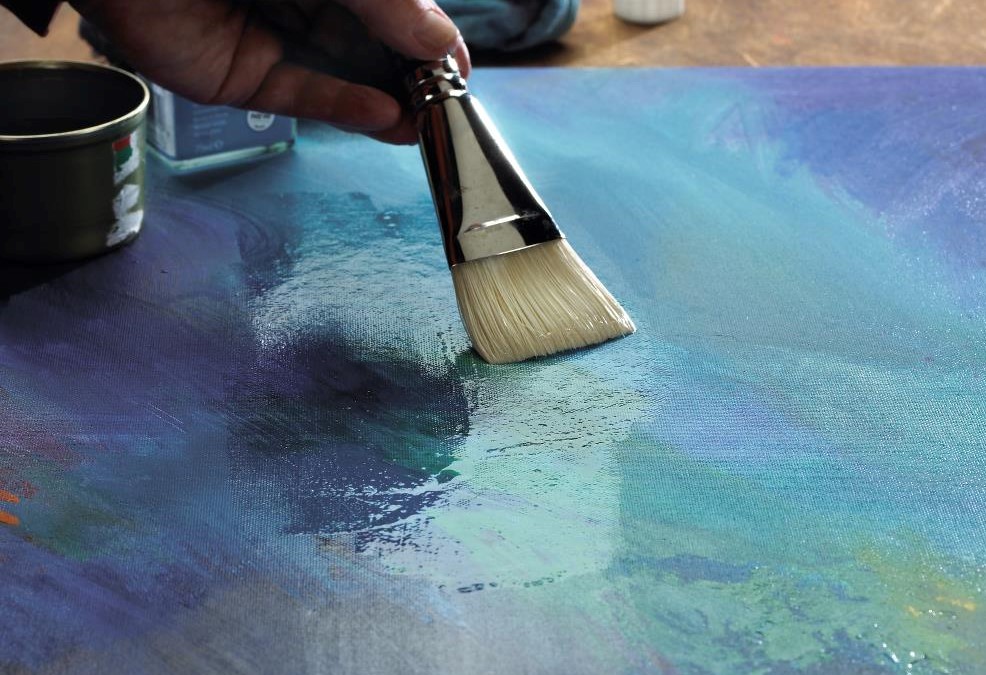
Acrylic varnish is a water-based, non-toxic, and quick-drying type of varnish that offers dependable resistance against harmful ultra-violet rays. As such, they are safe for use for inside and outside surfaces that are exposed to sunlight.
This type of varnish may be used on different materials aside from wood, making it more versatile compared with the others. It is highly transparent, clear, and does not penetrate wood-like others. Since it is also water-based, it can be cleaned up with water easily, making them easy to use. The only downside to acrylic varnish is that they do not spread as evenly as others.
2. Spirit Varnish
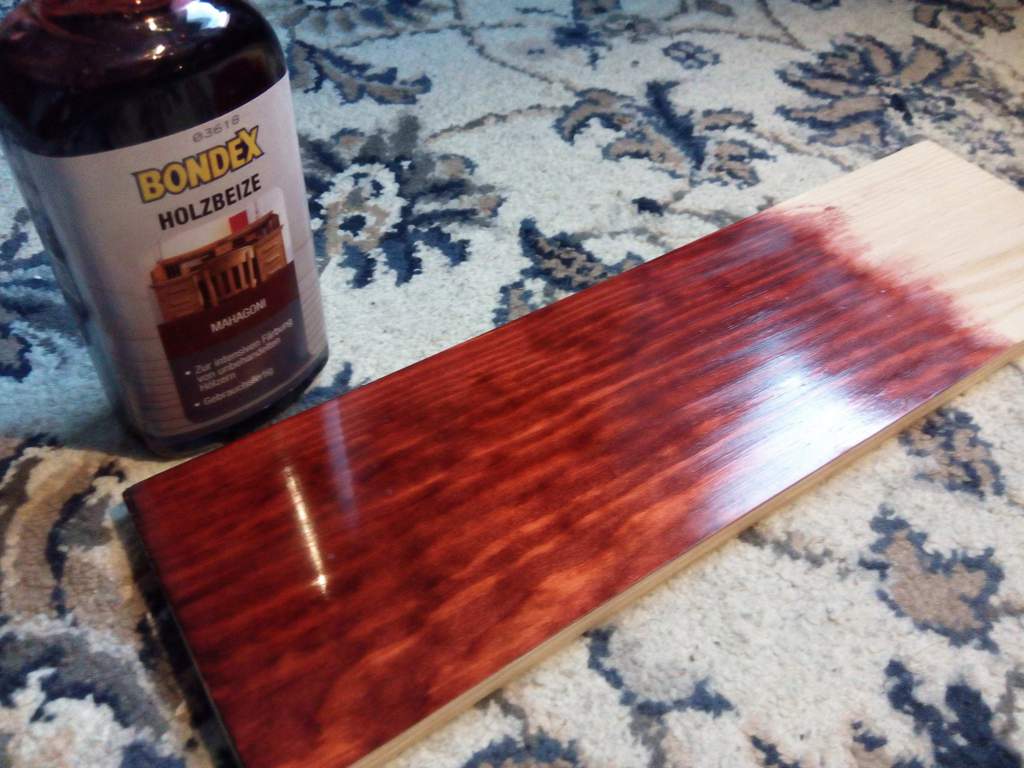
Spirit varnish, otherwise known as French-Polish or spirited varnish, is a type of varnish that is often used as a solvent. It uses Shellac that is dissolved in spirit and applied as a thin layer. This type of varnish produces a translucent finish, highlighting the wood grain. Note, however, that they do not weather well, which means that they are ideal for polishing woodwork that is not directly exposed to the weather.
3. Polyurethane Varnish
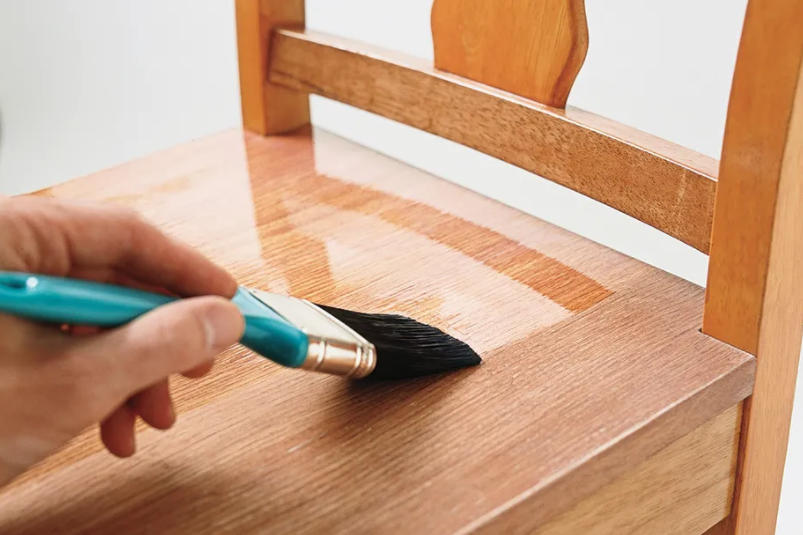
Polyurethane varnish offers a hard surface, and as such, is used for areas and floors that are exposed to wear and tear. This type of varnish gives a tough and clear finish and is heat resistant. It is also available in satin, gloss, and matte finishes.
It does not get absorbed into the wood, which is why they are usually primed using a thin shellac solution of oil-based varnish. Aside from the excellent durability and hardness that it offers, it is resistant to mild acid spills, solvents, as well as other chemicals.
4. Oil Varnish
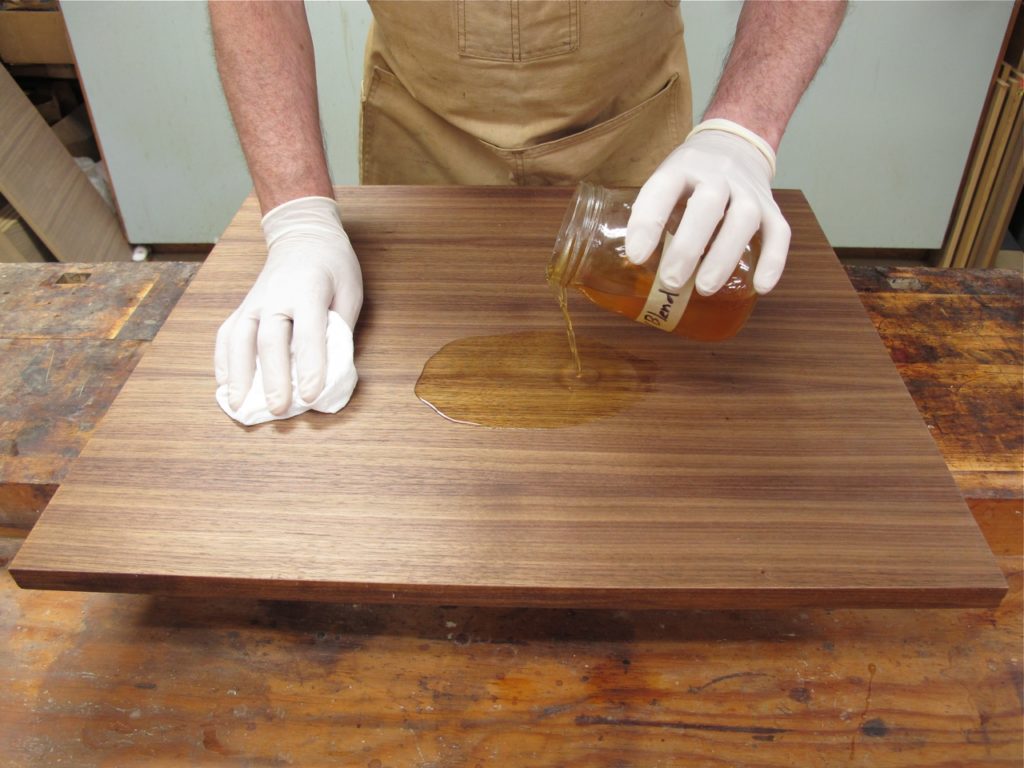
Oil varnishes are produced by dissolving solid resins such as copal or amber in oil. Even though they dry out slowly, but they are often the hardest, and as such, the most durable among all types of varnishes. With these features, they are ideal for use on exposed surfaces that require frequent cleaning or polishing, and for other superior output.
5. Exterior Varnish
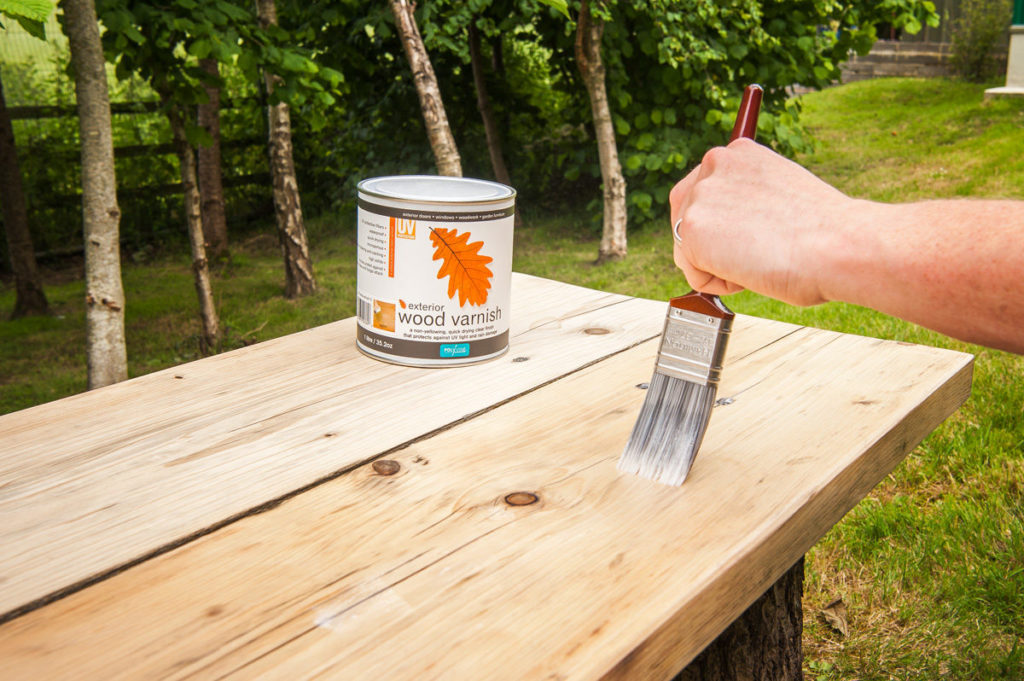
As indicated by the name, the exterior varnish is formulated especially on outdoor surfaces that are frequently exposed to the elements. They have extra ultra-violet ray protection, ensuring that the wood under the varnish layer is protected.
Exterior varnish is usually microporous, allowing the wood to breathe well, with extra fungicide, thus preventing the possible growth of termites and fungi. They are similar in terms of performance to yacht varnish in being flexible, though it is slow to cure despite being able to touch dry fast.
6. Yacht Varnish
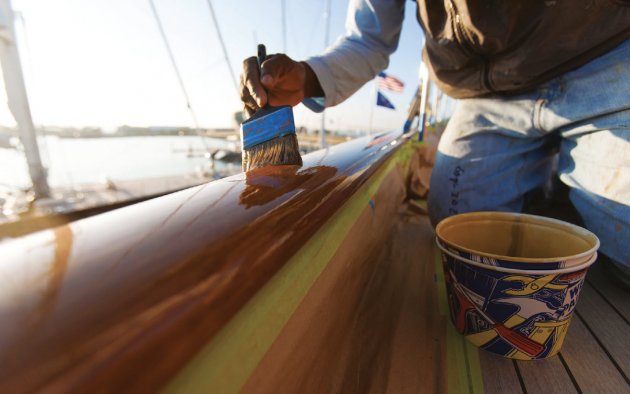
This type of varnish is also known as marine varnish, tracing back its origins with their use on boats, ensuring that water will not penetrate the wood. To make sure of this output, the varnish has to be very flexible. Unlike other types of varnishes, they do not offer much gloss, which means that their appearance is only a secondary feature. They also provide just a little UV protection. These days, however, yacht varnishes offer a high gloss finish that is based on phenolic resins and tung oil.
7. Alkyd Varnish
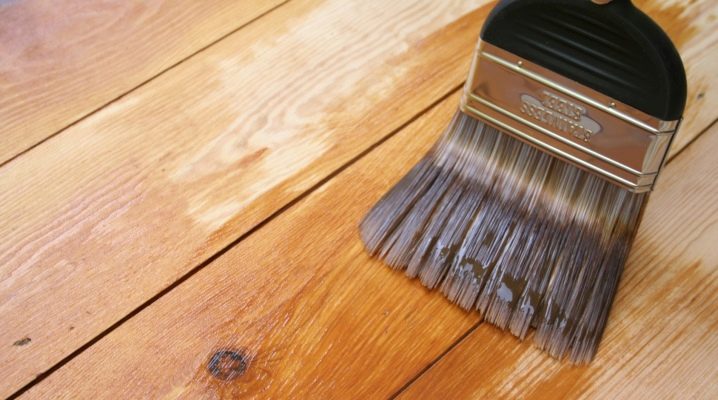
This may be a familiar term to some since most varnishes contain a specific type of alkyd. They are either vegetable or natural oils.
8. Shellac
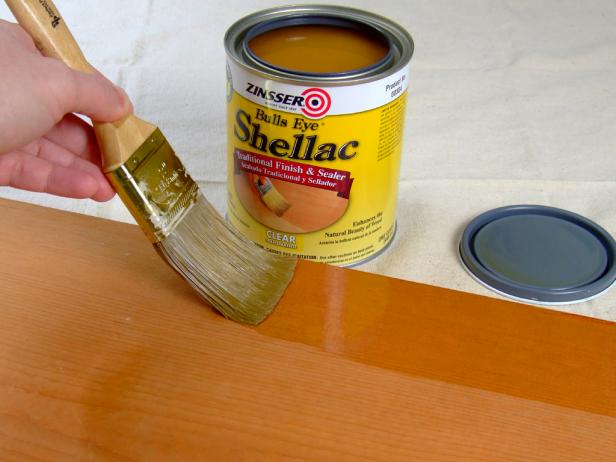
Even though Shellac is not strictly a varnish, it often serves the same purpose as a varnish. They may be used as a primer to complement other types of varnishes, especially Acrylic and Polyurethane that do not absorb too well on wood. Shellac may be transparent, or can also come in different shade ranges.
Conclusion
Knowing about the different types of varnish for wood will help you decide which one will work better and more effectively for your woodworking project. Applying varnish on wood protects it from expansion, shrinking, fiber erosion, and abrasion of wood. It also prevents the possible detrimental effects of the presence of living organisms within the wood, including bacteria, fungi, and bugs, helping to protect the wood even better. Feel free to share this article, and leave your thoughts in the comments section below.
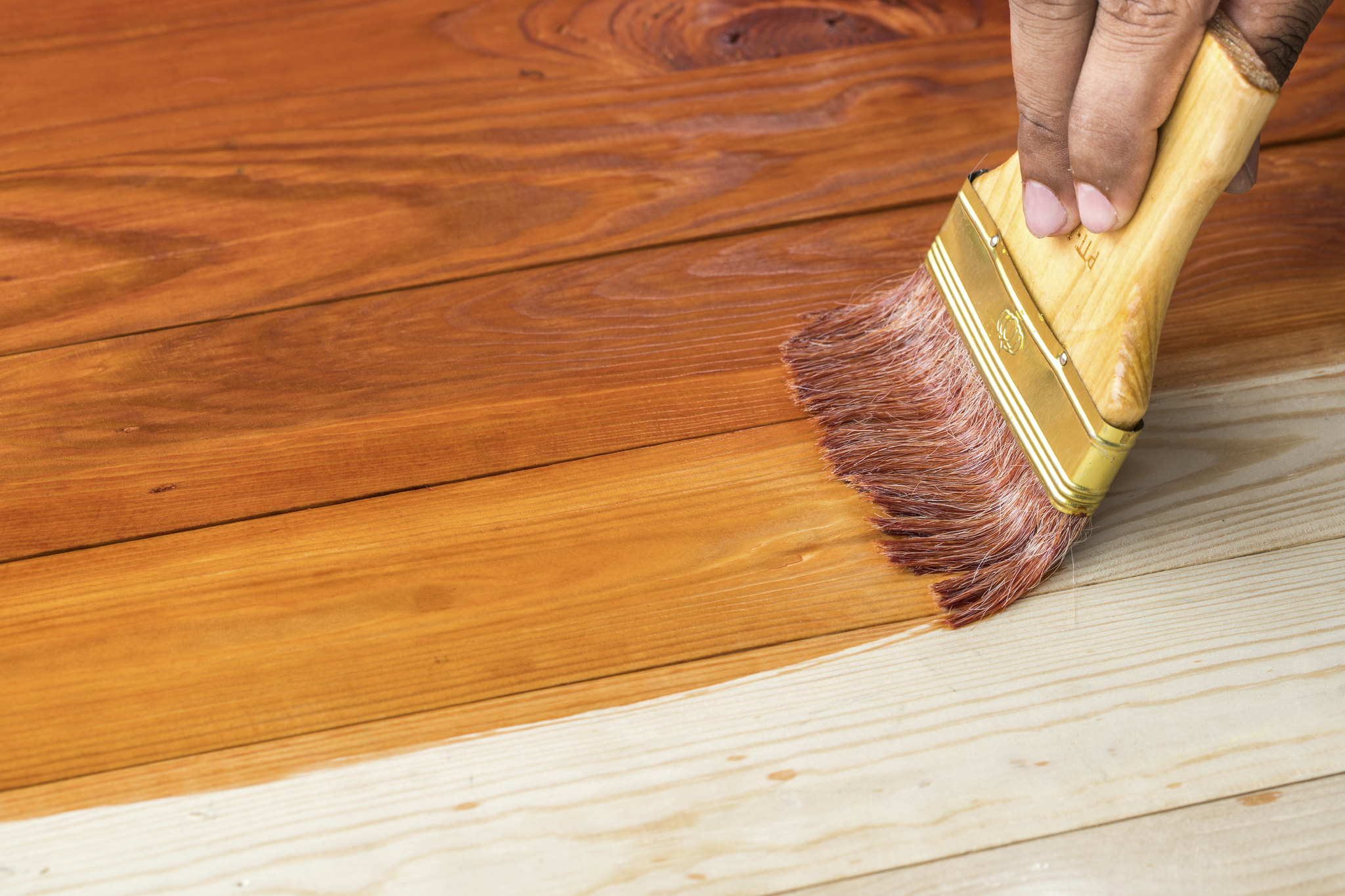
Leave a Reply